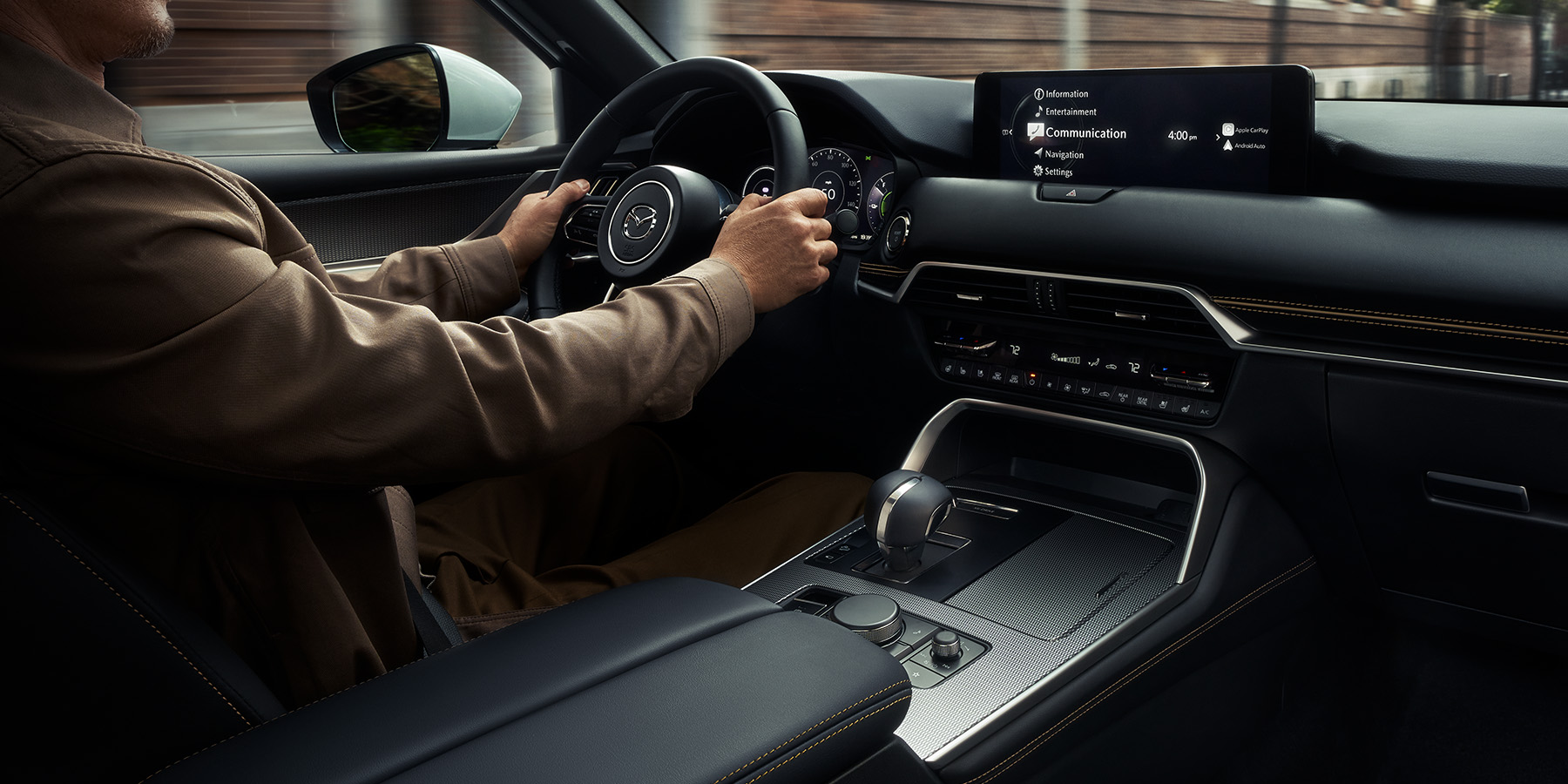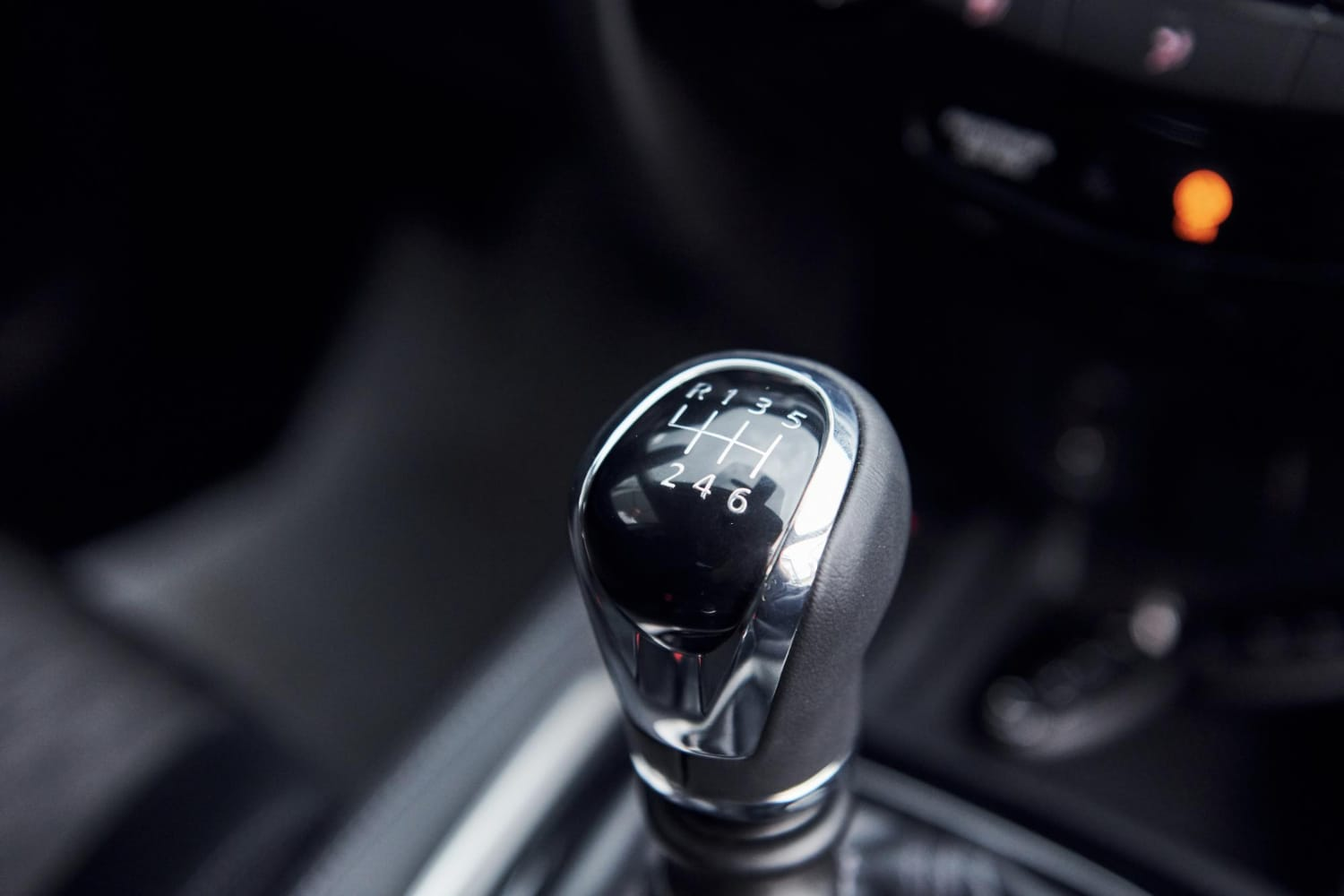
Hybrid cars are an innovative blend of traditional gasoline engines and electric motors, designed to improve fuel efficiency and reduce emissions. These vehicles represent a significant advancement in automotive technology, offering a viable solution to the growing concerns about environmental sustainability and energy consumption. Understanding how hybrid cars work involves delving into the mechanics of their dual power systems and the way they seamlessly integrate to provide a smooth and efficient driving experience.

At the core of a hybrid car’s operation is the combination of an internal combustion engine (ICE) and an electric motor. The ICE, similar to those found in conventional vehicles, runs on gasoline or diesel and provides the primary source of power. However, unlike traditional engines, the ICE in a hybrid car is often smaller and more efficient, designed to work in tandem with the electric motor to optimize performance and fuel economy.
The electric motor in a hybrid car is powered by a rechargeable battery pack. This motor can operate independently or in conjunction with the ICE, depending on the driving conditions and the vehicle’s design. There are several types of hybrid systems, but the most common ones are series hybrids, parallel hybrids, and series-parallel hybrids.
In a series hybrid, the electric motor is the sole source of propulsion, while the ICE acts as a generator to recharge the battery pack. This setup is particularly efficient in stop-and-go city driving, where the electric motor can handle low-speed operations, and the ICE can kick in when higher power is needed.

Parallel hybrids, on the other hand, allow both the ICE and the electric motor to deliver power directly to the wheels. This setup provides a more balanced approach, as the electric motor can assist the ICE during acceleration or steep climbs, reducing the overall load on the engine and improving fuel efficiency. The vehicle can switch between the ICE, the electric motor, or a combination of both, depending on the driving conditions and power requirements.
Series-parallel hybrids combine elements of both series and parallel systems, offering the most flexibility and efficiency. In this configuration, the vehicle can operate on the electric motor alone, the ICE alone, or a combination of both. The system intelligently manages power distribution, ensuring optimal performance and fuel economy in various driving scenarios.
One of the key components in hybrid cars is the regenerative braking system. Unlike conventional braking systems that dissipate kinetic energy as heat, regenerative braking captures this energy and converts it into electricity to recharge the battery pack. This process not only extends the vehicle’s electric range but also reduces wear and tear on the braking system, enhancing overall efficiency and longevity.
The transition between the ICE and the electric motor in hybrid cars is typically smooth and seamless, thanks to advanced computer systems that monitor driving conditions and manage power distribution. These systems ensure that the vehicle operates at peak efficiency, minimizing fuel consumption and emissions without compromising performance.
Hybrid cars also feature various driving modes that allow the driver to select the most appropriate power source for their needs. Common modes include EV (electric vehicle) mode, which uses only the electric motor for short distances and low speeds; ECO mode, which optimizes fuel economy by balancing the use of both power sources; and Power mode, which maximizes performance by utilizing the combined power of the ICE and the electric motor.
In conclusion, hybrid cars represent a significant leap forward in automotive technology, combining the best attributes of gasoline engines and electric motors to create vehicles that are both efficient and environmentally friendly. By leveraging the strengths of both power sources, hybrid cars offer a practical solution to reducing fuel consumption and emissions, paving the way for a more sustainable future in transportation.





